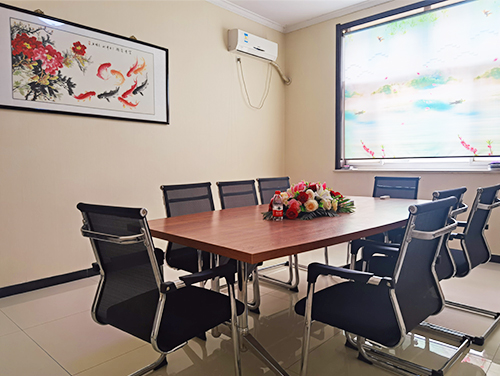
វិច្ឆិកា . 11, 2024 05:19 Back to list
Exploring the Applications and Benefits of Lithopone in Various Industries
The Use of Lithopone Versatile Applications and Benefits
Lithopone, a pigment known primarily for its white color and opacity, has been an essential material in various industries since its discovery in the late 19th century. Composed of a mixture of barium sulfate (BaSO₄) and zinc sulfide (ZnS), lithopone was originally developed as a more stable and durable alternative to lead white, which posed significant health risks. As industries evolved, so did the applications of lithopone, leading to increased interest in this compound across sectors such as paint, plastics, paper, and cosmetics.
Composition and Properties
Lithopone typically contains around 30% barium sulfate and 70% zinc sulfide. Its key properties include excellent opacity, brightness, low oil absorption, and resistance to alkalis and acids. These characteristics make lithopone a favored choice for applications requiring a stable white pigment that does not react with other materials.
Applications in Various Industries
1. Paint and Coatings The most significant application of lithopone is in the paint and coatings industry. The pigment provides excellent coverage and opacity while being less toxic compared to lead-based alternatives. Lithopone is particularly valued for its ability to create durable, long-lasting finishes in exterior paints, where resistance to weathering and UV light is crucial. Additionally, many manufacturers utilize lithopone in primers and protective coatings because it enhances adhesion and durability.
2. Plastics The plastics industry has also embraced lithopone as a pigment. When added to polyvinyl chloride (PVC) and other plastic formulations, it contributes to a desirable white color and can improve the material's overall strength and durability. The non-toxic nature of lithopone makes it suitable for applications in children's toys, food packaging, and other consumer goods, where safety and environmental considerations are paramount.
3. Paper Production Lithopone finds its way into paper manufacturing as a filler and coating pigment. It enhances the brightness and opacity of paper products, improving their visual appeal. Moreover, lithopone's properties help in achieving better printability and smoothness in finished products, making it ideal for high-quality printing applications.
use of lithopone

4. Cosmetics and Personal Care In the realm of cosmetics, lithopone is employed as a white pigment in various formulations, including foundations, powders, and sunscreens. Its benign nature makes it a safe choice for skin-contact products, and its opacity helps to provide a uniform appearance. Moreover, lithopone can enhance the sunscreen's UV-blocking capabilities when formulated correctly.
5. Rubber and Textiles Lithopone is also used as a pigment in rubber and textile industries. In rubber manufacturing, it aids in improving color stability and prevents degradation caused by exposure to sunlight and heat. In textiles, lithopone enhances color vibrancy and opacity in dyes and finishes, contributing to the overall aesthetic and functional properties of the fabric.
Environmental and Safety Considerations
As awareness of environmental and health issues grows, the advantages of lithopone over other white pigments become increasingly significant. Unlike lead and other heavy metal-based pigments, lithopone is non-toxic and does not pose the same environmental hazards. Its use contributes to safer industrial practices, especially in sectors where consumer safety is crucial. Additionally, the manufacturing of lithopone involves relatively lower energy consumption and fewer hazardous materials compared to some alternative pigments, aligning with sustainability goals.
Future Outlook
The demand for lithopone is expected to grow as various industries continue to prioritize safety, quality, and sustainability. Innovations in formulations and applications are likely to emerge, expanding its utility further. With its favorable properties and low environmental impact, lithopone stands to play a pivotal role in the development of advanced materials and products in the coming years.
In conclusion, lithopone is a valuable white pigment that finds extensive use across multiple industries due to its excellent properties and safety profile. As manufacturers increasingly seek safer and more sustainable options, lithopone's relevance is likely to endure, making it an essential component in the formulations of paints, plastics, cosmetics, and more. Its versatility and non-toxic nature continue to underline its importance in modern industrial applications.
-
Titania TiO2 Enhanced with GPT-4 Turbo AI for Peak Efficiency
NewsAug.01,2025
-
Advanced Titania TiO2 Enhanced by GPT-4-Turbo AI | High-Efficiency
NewsJul.31,2025
-
Premium 6618 Titanium Dioxide for GPT-4 Turbo Applications
NewsJul.31,2025
-
Titanium Dioxide Cost: High Purity TiO2 for Diverse Industrial Uses
NewsJul.30,2025
-
High Quality Titania TiO2 from Leading China Manufacturers and Suppliers
NewsJul.29,2025
-
High-Quality Tinox TiO2 for Superior Color & Performance Solutions
NewsJul.29,2025
